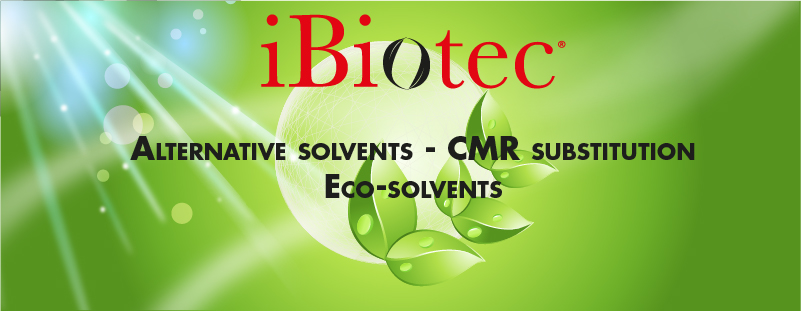

REPLACEMENT OF Perchloroethylene
Trichloroethylene and Dichloromethane
IMMEDIATE SUBSTITUTION
of CHLORINATED SOLVENTS
(PER or PCE - TRI - DCM)
and FORMALDEHYDE
CMR

|
EQUIVALENT SOLVENT POWER
REDUCTION IN OPERATING COSTS
ELIMINATION OF SANITARY and ENVIRONMENTAL RISKS
REMOVAL OF COMPANY |
|
DEFECTS OF HALOGENATED SOLVENTS ARE NOT ONLY A TOXICOLOGICAL OR ENVIRONMENTAL CONCERN
|
Jacques P. TARDIF Technical Director
|
Halogenated solvents include any chlorinated, brominated or fluorinated solvents. The most common are dichloromethane (DCM), perchloroethylene (PER), trichloroethylene (TCE) n.bromopropane (nPB), hydrofluorocarbons (HFC), and hydrochlorofluorocarbons (HCFCs).
They all have a major defect, which is their density DCM 1330 kg/m3 TCE 1500 kg/m3 TCE 1620 kg/m3 nPB 1350 kg/m3 HCFC up to 3660 kg/m3 However, the density of pollutants that they are supposed to degrease or clean is much lower, for example, mineral oils, lubricating cutting or greasing oils have an average density of 900 kg/m3. Halogenated solvents therefore have a strong natural ability to release the pollutants they dissolved on the surface, even before their saturation rate. This is the main reason why vapour phase degreasing machines are used; during the emersion of the degreased parts, supernatant pollutants are redeposited, and hence the need for rewashing (the term used can also be rinsing), to finally obtain clean parts. Some users think that the vapour phase can very significantly reduce the loss of solvent by evaporation. This is true during working hours. However, in the event of machine shutdown, especially at weekends, evaporation losses are enormous, especially if the solvent is hot. When using a low density solvent, the phenomenon is exactly the opposite. Pollutants decant in the bottom of the tank or machine. The surface solvent saturates much more slowly.
NEUTRALENE 630 offers an immediate solution
|
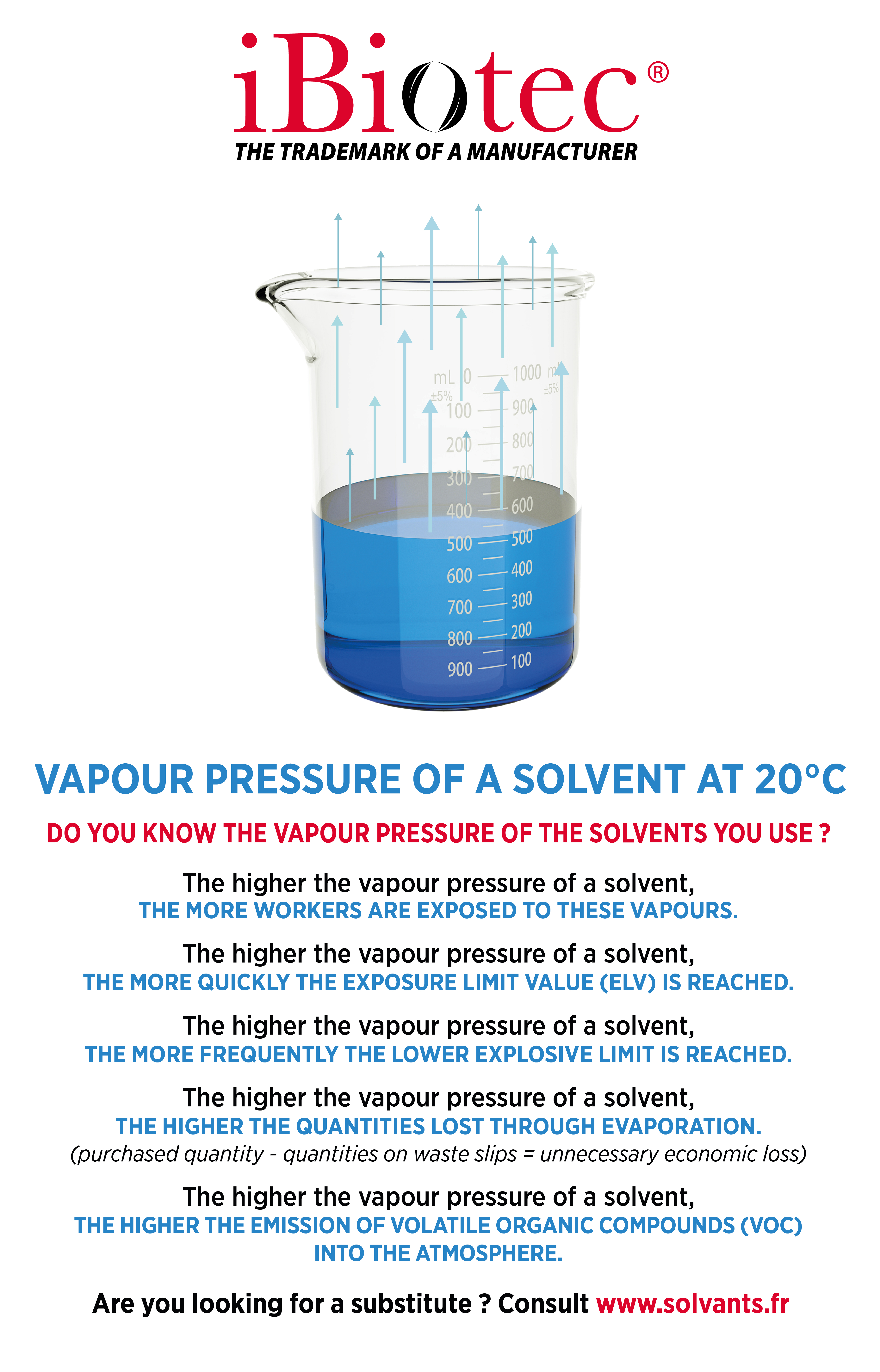
Download our product catalogue - Edition March 2019
Looking for another product?
|
Discover our entire range by clicking on the photo |
Manufacturing, lubrification, cleansing, protection,
IBiotec® Tec Industries® Service
offers a wide range of products reserved for industrial area
If you wish for :
a free sample
a technical advice
a product data sheet
a safety data sheet
IBiotec® Tec Industries®Service
manufacturer of technical chemical products.
Welcome to our website.
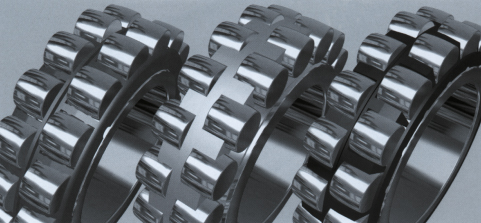
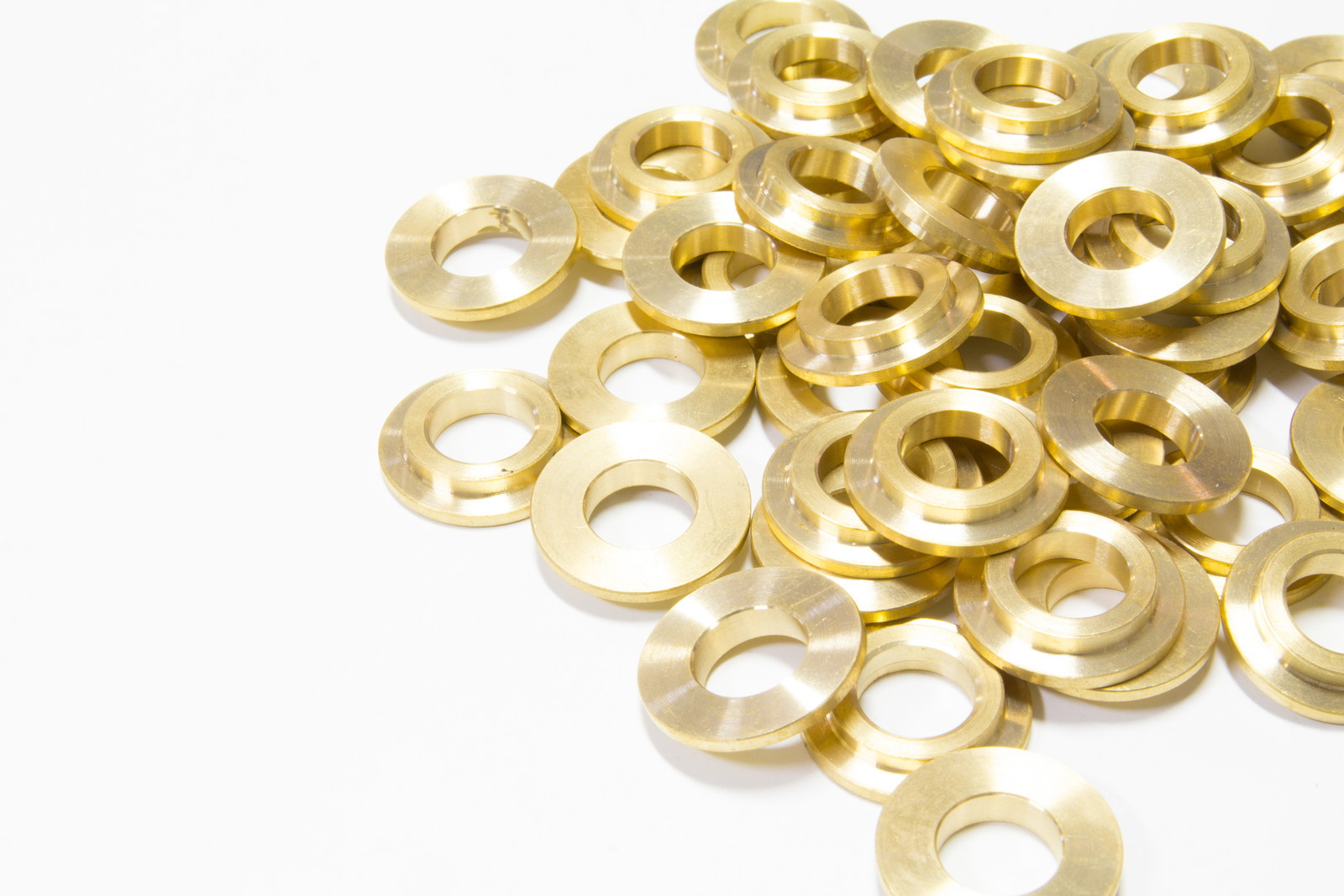
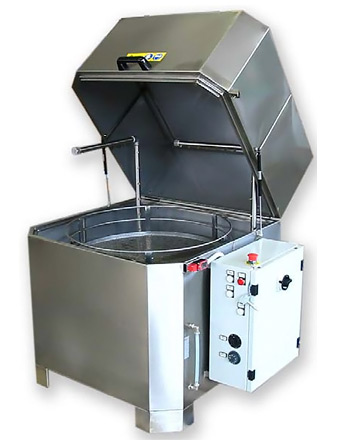

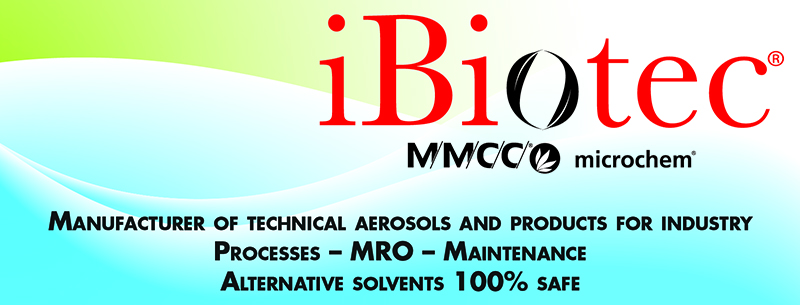
.jpg)